
Do you have a question about the Honda Grom and is the answer not in the manual?
| Engine Type | 124.9cc air-cooled single-cylinder four-stroke |
|---|---|
| Bore and Stroke | 50.0mm x 63.1mm |
| Compression Ratio | 10.0:1 |
| Induction | PGM-FI with automatic enrichment |
| Final Drive | Chain |
| Rear Brake | Single 190mm disc with hydraulic single-piston caliper |
| Front Tire | 120/70-12 |
| Rear Tire | 130/70-12 |
| Wheelbase | 47.2 inches |
| Fuel Capacity | 1.6 gallons |
| Ignition | Fully transistorized |
| Front Suspension | 31mm inverted fork; 3.9 inches travel |
| Rear Suspension | Single shock |
| Seat Height | 30.0 inches |
General principles for safe motorcycle operation and rider preparedness.
Explanation of various safety symbols and warning labels on the motorcycle.
Essential safety measures for riding, including protective gear.
Guidelines for safe operation, including running-in, braking, and wet conditions.
Advice against non-Honda accessories and modifications for safety.
Instructions on proper weight distribution and load limits for safe handling.
Step-by-step visual guide to fundamental motorcycle operations.
Identification of key motorcycle components and their locations.
Explanation of the motorcycle's dashboard displays and indicators.
Instructions for adjusting clock and unit settings on the display.
Description of warning lights and indicators on the instrument panel.
Explanation of the function of various handlebar and control switches.
Operation of the ignition switch and how to lock the steering.
Procedure for starting the motorcycle's engine safely.
Guide to operating the motorcycle's transmission and gear shifting.
Instructions for safely refuelling the motorcycle with correct fuel types.
Information about the helmet holder and tool kit locations.
Why regular maintenance is crucial for safety and performance.
Recommended service intervals for various motorcycle components.
Basic principles and procedures for motorcycle upkeep.
Details on the tools provided for basic maintenance and repairs.
Instructions for removing and installing the motorcycle seat.
Procedures for inspecting, cleaning, and handling the motorcycle battery.
How to check, add, and change the engine oil.
Maintenance procedures for brake fluid and brake pads.
Checking the operation and function of the side stand.
Inspecting, adjusting, cleaning, and lubricating the drive chain.
Checking and adjusting the clutch lever freeplay.
Checking throttle operation and freeplay for smooth response.
Procedure for cleaning the crankcase breather tube.
Instructions for checking, gapping, and replacing the spark plug.
Adjusting headlight aim and brake light switch.
Diagnosing and resolving issues when the engine fails to start.
Understanding and responding to dashboard warning light issues.
Procedures for emergency tyre repair and wheel removal.
Common electrical issues like battery, bulbs, and fuses.
How to locate, inspect, and replace blown fuses.
Information on ignition keys, replacement, and key numbers.
Details on odometer, tripmeter, document bag, and ignition cut-off system.
Guidelines on using alcohol-blended fuels and potential effects.
Information on the catalytic converter and its protection.
Recommended practices for cleaning, polishing, and maintaining the motorcycle.
Procedures for storing the motorcycle for extended periods.
Guidelines for safely transporting the motorcycle.
Advice on environmentally responsible ownership and disposal.
Location and importance of frame and engine serial numbers.
Key dimensional and weight specifications of the motorcycle.
Technical data for tyres, spark plugs, oil, and fluids.
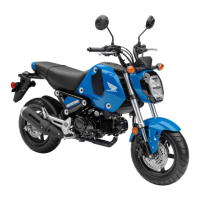

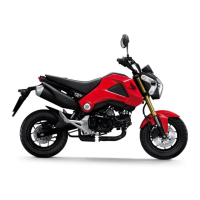


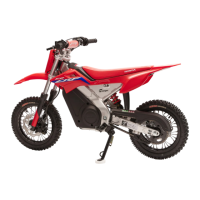
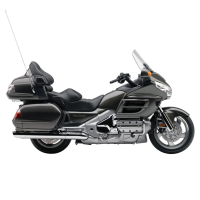
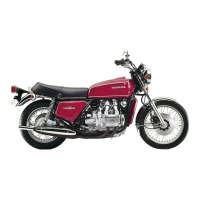
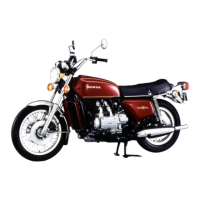
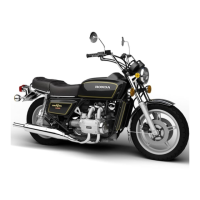
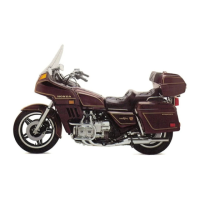
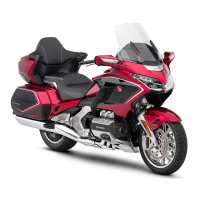
